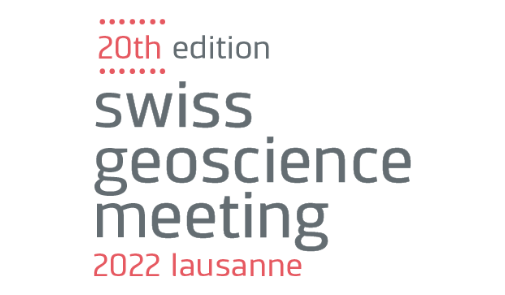
Keynote Talk at Swiss Geoscience Meeting
November 2022
A gave a keynote talk at the Swiss Geoscience Meeting in the session Environmental Biogeochemistry of Trace Elements. Thank you, Montserrat, Marie, Adrien, and Andreas for inviting me!
A gave a keynote talk at the Swiss Geoscience Meeting in the session Environmental Biogeochemistry of Trace
Elements. Thank you, Montserrat, Marie, Adrien, and Andreas for inviting me!
Floodplains are active sites of carbon turnover. We assessed how the redox properties of minerals limit microbial respiration under oxygen-depleted conditions. Our publication entitled Redox Properties of Solid Phase Electron Acceptors Affect Anaerobic Microbial Respiration under Oxygen-Limited Conditions in Floodplain Soils is now online on Environmental Science & Technology (ES&T). We incubated soils under anoxic conditions and showed that the production of carbon dioxide was related to the redox reactivity of the pool of solid phase electron acceptors. A brief summary is provided on the Research page.
Alandra's paper on Assessing Analytical Methods for the Rapid Detection of Lead Adulteration in the Global Spice Market is now published in Environmental Science & Technology (ES&T). In this work, Alandra proposes and compares multiple rapid detection tests for lead in spices. These tests can be applied in the field to lessen human exposure. A brief summary is provided on the Research page.
I am looking for a postdoctoral researcher to join my group at EPFL! Details can be found here. Please contact me if you have questions!
I gave my first in-person seminar since 2020 at the Environmental Engineering Seminar Series at EPFL. Take a look at the abstract here.
We do not have a lab space yet, but our first instrument was delivered!
I gave a seminar talk at GFZ German Research Centre for Geosciences as part of the Interface Geochemistry Seminar Series. Thank you, Jeff and Liane, for hosting me!
My group SOIL (Soil Biogeochemistry Laboratory) has a new website! Check it out here.
A bittersweet goodbye at Stanford and warm welcome at EPFL. I had a wonderful time in Scott's group! I am excited to be part of EPFL now and look forward to building my own group.
I am looking for a motivated PhD student to join my group at EPFL! Details can be found here. Please contact me if you have questions and apply if you are interested.
What an inspiring and joyful week in Honolulu at Goldschmidt 2022! We had so many wonderful talks in our Session 12 g (organized by myself, Laurel ThomasArrigo, Vincent Noël, and Naresh Kumar).
I spent a wonderful week at Holderness school with colleagues and friends at the Gordon Research Conferences in Environmental Sciences: Water .
I virtually presented my work on Redox properties of particulate electron acceptors affect anaerobic microbial respiration under oxygen-limited conditions in floodplain soils at the general assembly of the European Geosciences Union.
We went out to Stanford Foothills to collect samples for a new project. The photo shows Emily Lacroix (left) and myself (right) collecting soil aggregates. We are interested to see how the chemical environment and active microbial genes change across soil depth and between the inside and outside of soil aggregates. Now back to the lab... Photo credit: Maya Engel.
Groundwater quality in alluvial systems is controlled by biogeochemical and transport processes. We studied how exports across subsurface interfaces affect biogeochemical processes. Our work entitled Export of Organic Carbon from Reduced Fine-Grained Zones Governs Biogeochemical Reactivity in a Simulated Aquifer is now online on Environmental Science & Technology (ES&T). Using a simulated aquifer, we showed that organic substrates and live microorganisms were exported from fine-grained, reduced sediments and governed anaerobic activity in the downstream coarse-grained aquifer. More information is available on the Research page.
Various microorganisms use extracellular electron shuttles in anaerobic respiration. In our publication entitled Thermodynamic Controls on Rates of Iron Oxide Reduction by Extracellular Electron Shuttles in the Proceedings of the National Academy of Sciences of the United States of America (PNAS), we show that the thermodynamics of individual electron transfers from shuttles to iron oxides have to be considered when assessing rates of iron reduction and microbial respiration. Head over to the Research section or read the press release for more details and download the open access version of the article from the eawag repository.
I am presenting my postdoctoral research on "Thermodynamic Limitations on Microbial Respiration Using Ferric Iron as Terminal Electron Acceptor" at the Fall Meeting of the American Geophysical Union.
I am thrilled to share that I have been appointed as tenure track assistant professor at the Swiss Federal Institute of Technology Lausanne! I am looking forward to joining the wonderful faculty at the School of Architecture, Civil and Environmental Engineering in September 2022.
Together with my co-conveners Gabrielle Dublet-Adli, Vincent Noel, and Naresh Kumar, I convened Session 11g: Redox-Driven Transformation and Mobility of Contaminants and Nutrients at Goldschmidt 2021. We enjoyed inspiring talks by almost 50 presenters! In addition, I presented my most recent work at Stanford in Session 9f.
I took part in a two-week workshop on New Advances in Land Carbon Cycle Modeling led by Dr. Yiqi Luo's ECOLAB at the Northern Arizona University. Amongst other things, we looked into the structure of different models and used simulation and data-driven modeling (including data assimilation). The figure above illustrates the spatial distribution of carbon storage that we simulated using the Community Atmosphere-Biosphere-Land Exchange model (CABLE ) matrix model.
This month, I am starting on a project aimed at developing methods to detect lead in spices. The project is led by Jenna Forsyth at the Stanford Woods Institute for the Environment. More details are available in the Research section. I am excited to work with Jenna, Alandra, and Carla on this project!
Aaron Thompson from the University of Georgia collected soils from the Calhoun Critical Zone Observatory that are now at Stanford and being characterized using mediated electrochemistry. We are interested in how the redox reactivity of iron minerals varies between soil horizons and usage. Head to the Research section to learn more.
The sediment cores that I collected from Lake Tahoe are incubating in our laboratory fridge. I mimic potential future changes in bottom water oxygen concentrations by incubating the cores in air-tight Mylar jars under various atmospheric oxygen levels. More details on this project can be found here.
Together with Vincent Noel, Hannah Naughton, and Kristin Boye I convened a session on Soils of the Anthropocene: Ecosystem-Scale Implications of Pore-Scale Redox Heterogeneities in Soils at the Fall Meeting of the American Geophysical Union. We had a virtual poster walk through session with the presenters with inspiring discussions regarding the future of anoxic microsite research.
I finished my last teaching practice session and obtained the Stanford Postdoc Teaching Certificate! The certificate comprises teaching training, elective courses and workshops, teaching practice, and a teaching portfolio for a minimum in-class time of 100 h. I learned and applied a number of pedagogical practices, including strategies for active learning and creating inclusive learning environments.
I led a workshop on Electronic Lab Notebooks at Stanford Earth. We discussed different types of Electronic Lab Notebooks and took a look at different softwares. I collected sediment and water samples from Lake Tahoe in collaboration with the UC Davis Tahoe Environmental Research Center. Find out more about the research project here. The photos show me holding a sediment core and preparing the box corer on the research boat John Le Conte . I gave an invited talk in the Earth Science Seminar Series at Indiana University–Purdue University Indianapolis. It was a pleasure to get to talk with some of the students and faculty at IUPUI. A huge thanks to Greg Druschel for inviting me! I shared my most recent research on Is carbon mineralization in floodplains controlled by the redox reactivity of iron minerals? in a broadcast session of the Geochemistry Division at the Fall 2020 Virtual Meeting of the American Chemical Society. I started a series of column experiments with Kristin Boye, a staff scientist at the SLAC National Accelerator Laboratory. The columns (see photo above) are packed with ferrihydrite-coated sand and each contain a ball of reduced sediment from field sites in the Rocky Mountains. We want to find out what materials are exported from the reduced sediments into the sand and how these exports affect biogeochemical reactions in the sand. For more information, head to the Research Section. Lots of firsts this year: At the first virtual Goldschmidt Conference, I am not only a presenter, but also a convener for Session 12b on the Coupled Redox Cycling of S, Mn, and Fe: Impacts on Nutrient and Contaminant Dynamics. It was also my first time delivering a presentation virtually! I learned about reactive transport modeling using The Geochemist's Workbench in a four-day workshop led by Craig Bethke, Brian Farrell, Qusheng Jin, and Jia Wang.
The clip above shows the transport of lead in a contaminated aquifer.
The highlight of the workshop was talking to Qusheng about thermodynamic controls on microbial respiration rates! We held a virtual bootcamp with the 2020 cohort of the Rising Environmental Leaders Program. The bootcamp was organized by Stanford Woods Institute for the Environment and featured speakers working in the federal agencies, congress, non-profits and advocacy organizations. I created an infographic on the role of soils in climate change in a workshop offered by Science Teaching Through Art at Stanford University. Unfortunately, our outreach events at high schools in the area were cancelled, but we instead presented our infographics on Twitter! Click on the image to see more. I am honored to have been awarded the ETH Silver medal for "solving important knowledge gaps in the redox reactivity of iron using an interdisciplinary approach" in my doctoral research. ETH Zürich awards this medal to the top 8% of doctoral candidates. I am one of 20 candidates from all seven schools at Stanford that that was accepted into the Rising Environmental Leaders program at Stanford Woods Institute for the Environment. Read the bios of the 2020 cohort here. I went on a field trip to the East River floodplain, near the town of Crested Butte in the Rocky Mountains, Colorado, to collect soil samples for my research. The photo shows an anoxic discharge into East River with orange iron-rich organic flocs. I joined Scott Fendorf's Soil and Environmental Biogeochemistry group in the Department of Earth System Science at Stanford. I am very excited to start my project on organic matter mineralization in floodplain soils, which is funded by the Swiss National Science Foundation. I went on a field trip to Sweden with members of my group at ETH Zürich. We studied redox processes in wetlands near Filipstad. The photo above shows one of our field sites. More details about our field work can be found in the article Waiting for Oxygen (p. 36 ff), which was published in the ETH Globe Magazine. 
Keynote Talk at Swiss Geoscience Meeting
November 2022
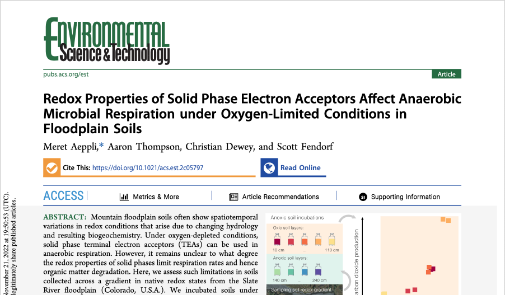
Another publication in ES&T!
November 2022
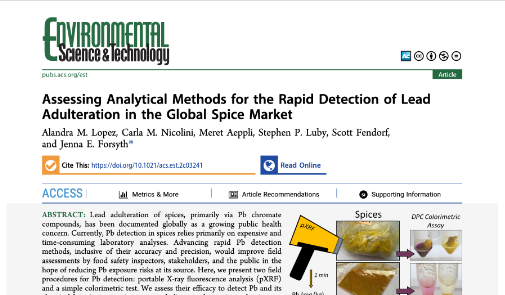
New publication in ES&T
November 2022
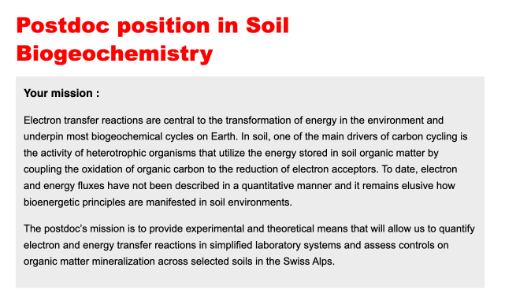
Looking for a postdoctoral researcher
October 2022
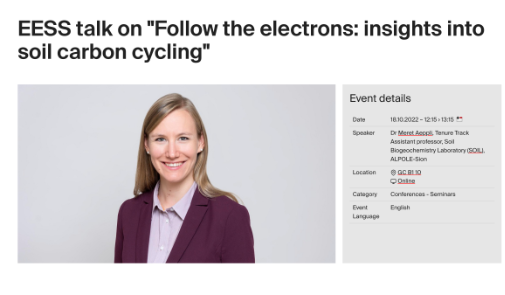
Seminar in Environmental Engineering Seminar Series
October 2022
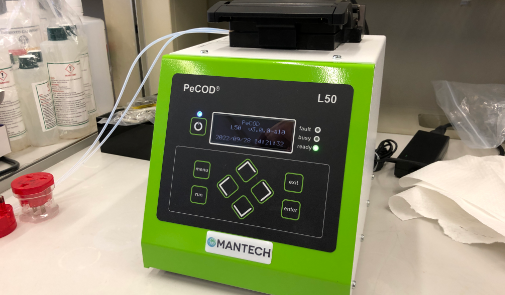
First instrument!
October 2022
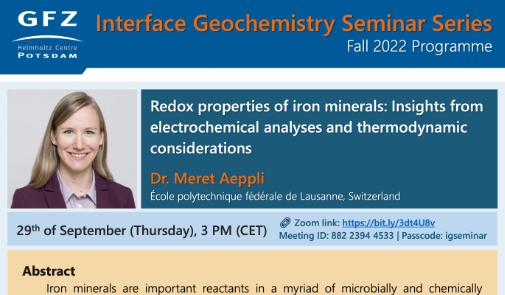
Seminar at GFZ
September 2022
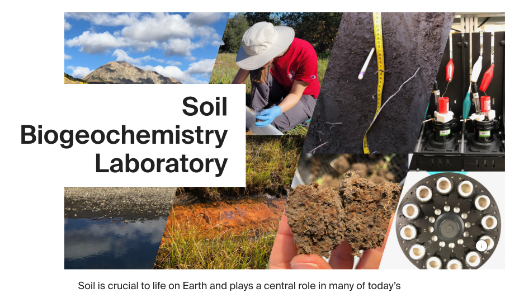
SOIL group website
September 2022
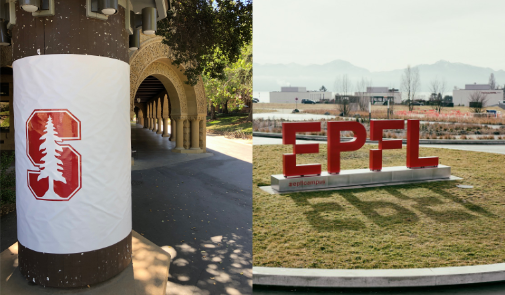
Stanford to EPFL
September 2022
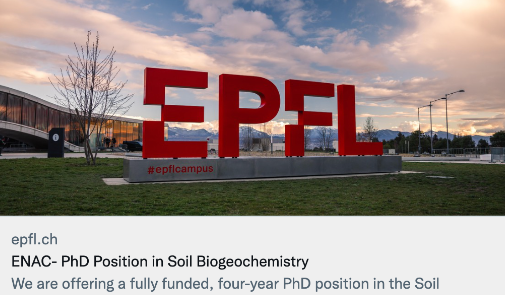
Looking for a PhD student
August 2022
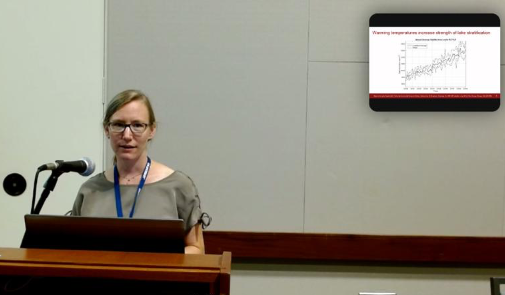
Goldschmidt 2022
July 2022
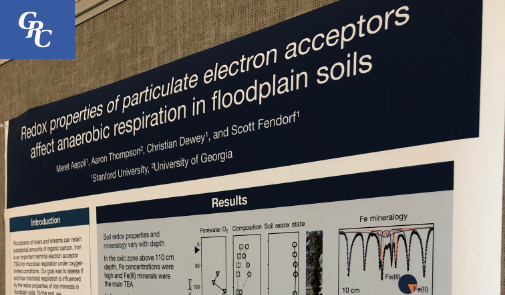
GRC Environmental Sciences: Water 2022
June 2022
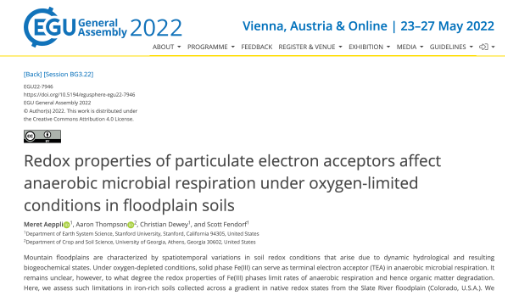
EGU General Assembly 2022
May 2022
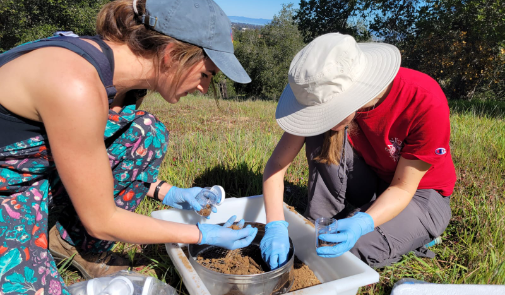
Field trip to Stanford Foothills
March 2022
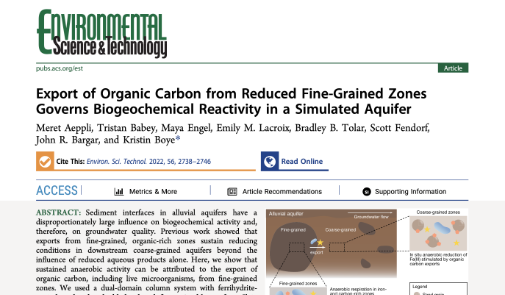
New publication in ES&T
January 2022
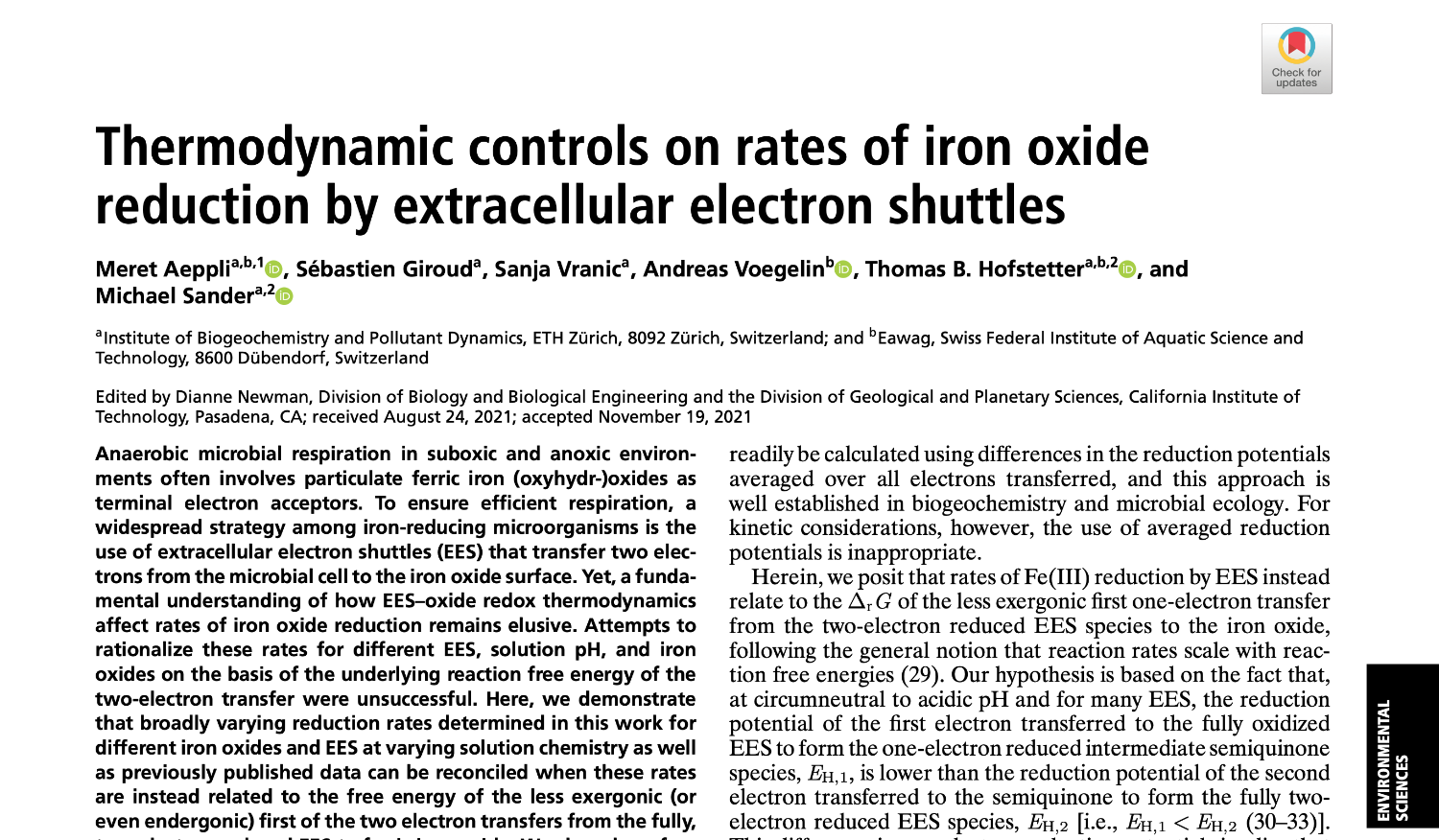
New publication in PNAS
January 2022

AGU Fall Meeting 2021
December 2021
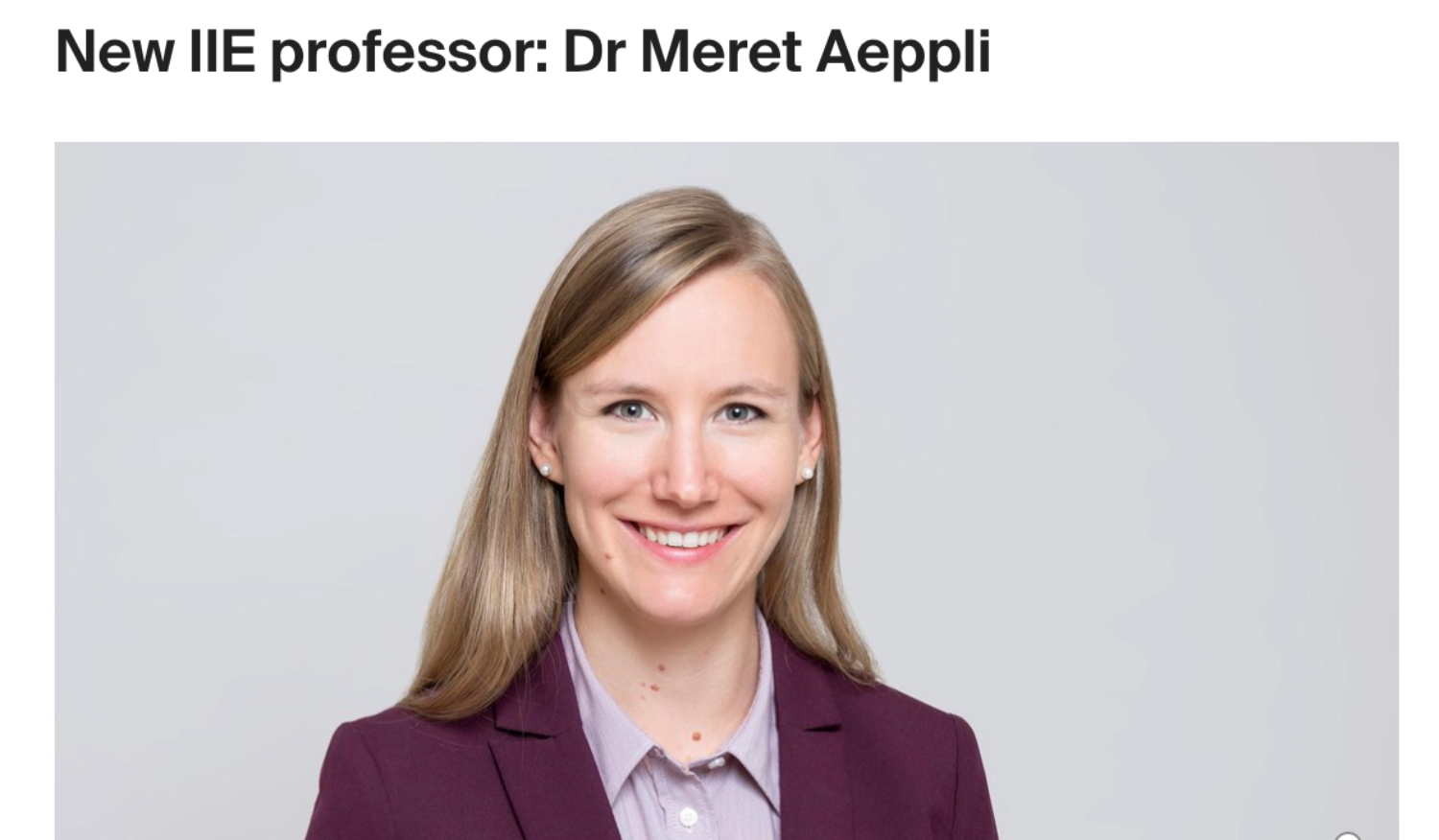
I am going to be a professor!
September 2021
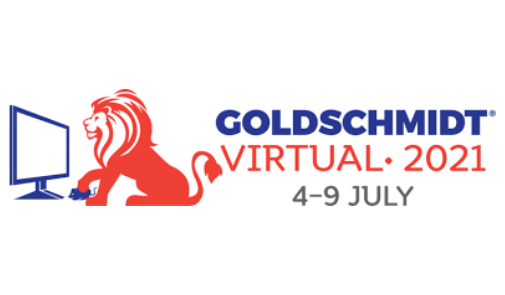
Goldschmidt 2021
July 2021
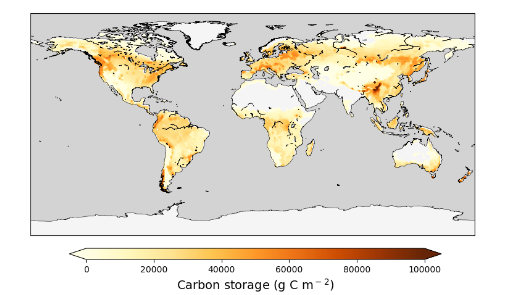
Workshop on Carbon Cycle Modeling
May 2021

Spice it up
May 2021

Soils from the Calhoun Critical Zone Observatory
January 2021
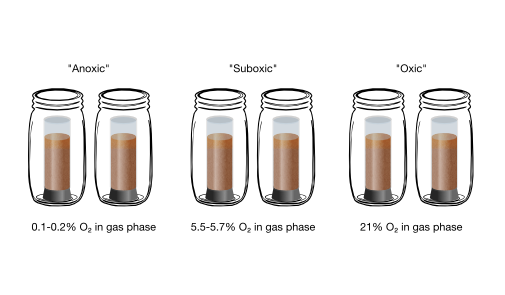
Incubations of Lake Tahoe sediments
December 2020
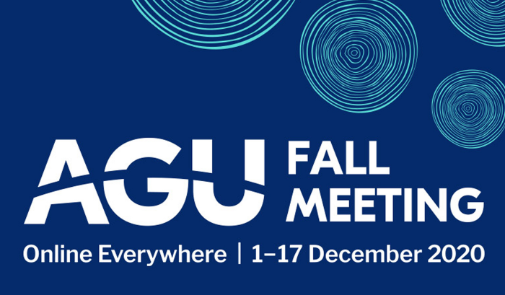
AGU Fall Meeting 2020
December 2020
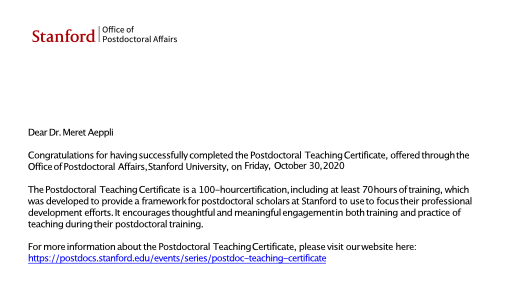
Stanford Postdoc Teaching Certificate
October 2020

SkillShare at Stanford Earth
October 2020
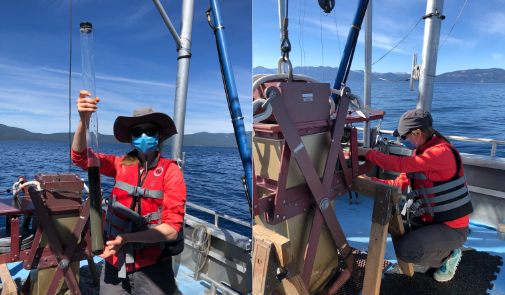
Field trip to Lake Tahoe
September 2020

Seminar talk at IUPUI
September 2020
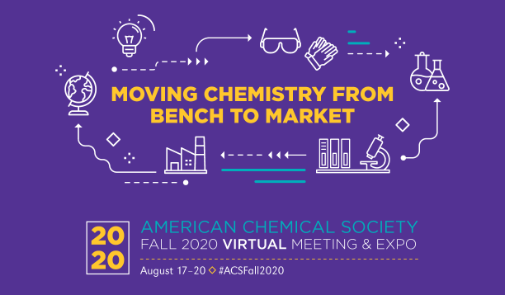
ACS Fall 2020 Meeting
August 2020
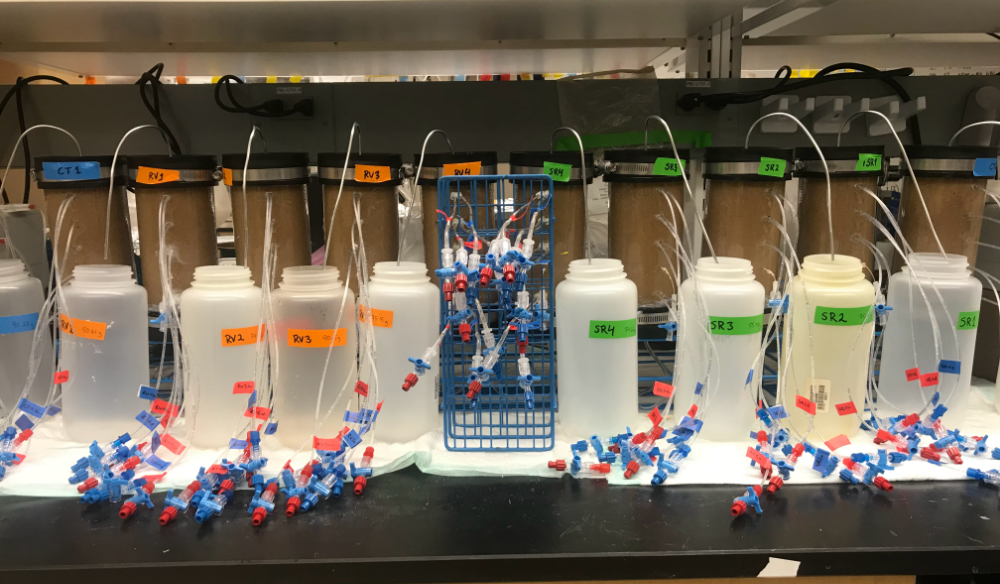
Column Experiment
July 2020
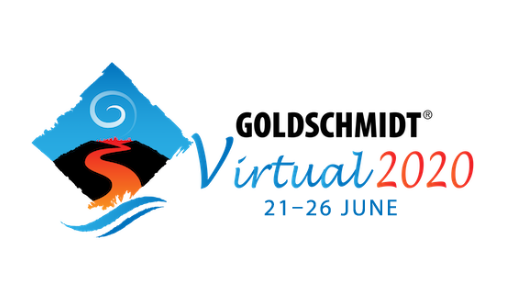
Goldschmidt 2020
June 2020
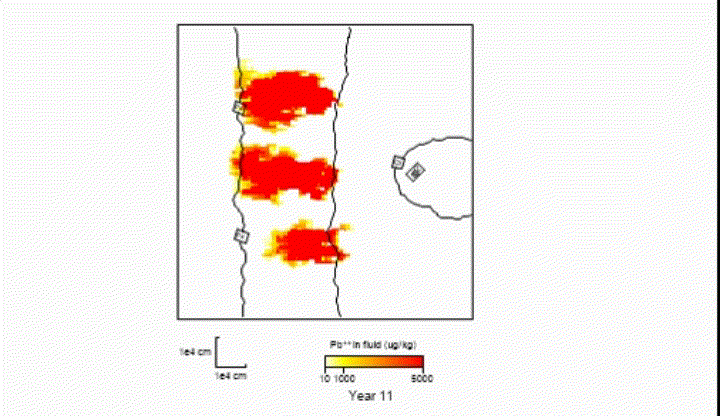
Reactive Transport Modeling Workshop
June 2020
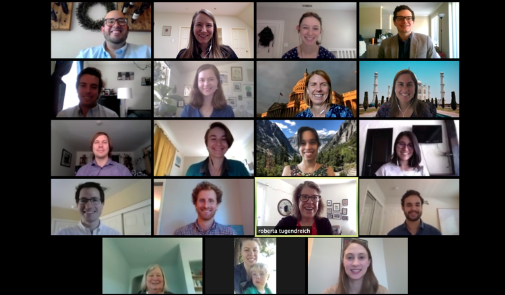
Virtual bootcamp: Rising Environmental Leaders Program
June 2020
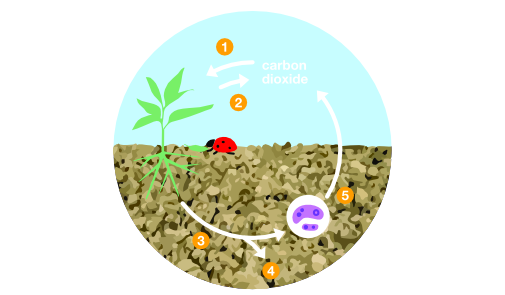
Infographic workshop
April 2020
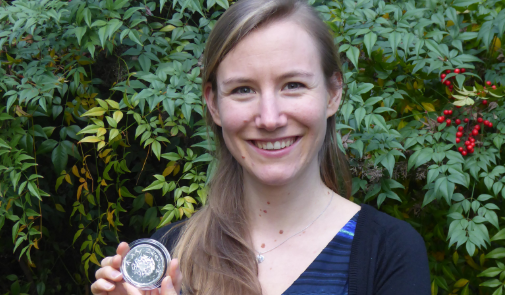
ETH medal!
January 2020
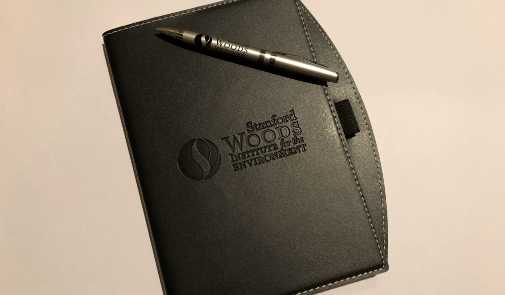
Rising Environmental Leaders Program
December 2019
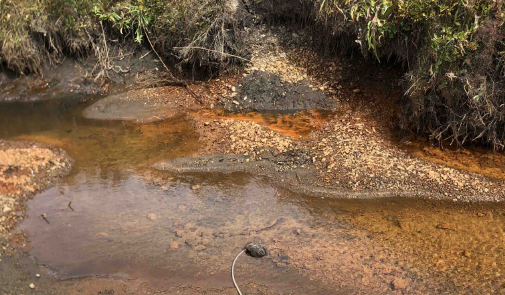
Field trip to the Rocky Mountains
September 2019
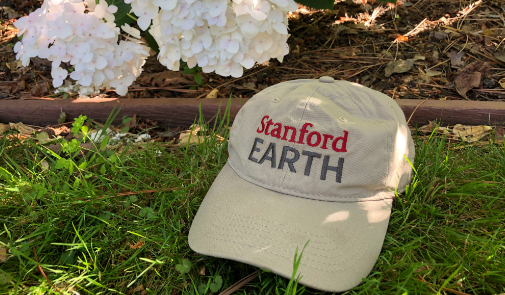
Starting my postdoctoral research at Stanford!
September 2019
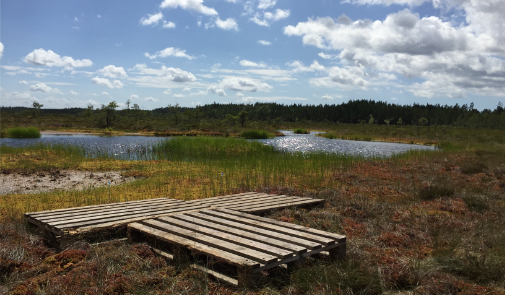
Field trip to Sweden
June 2019